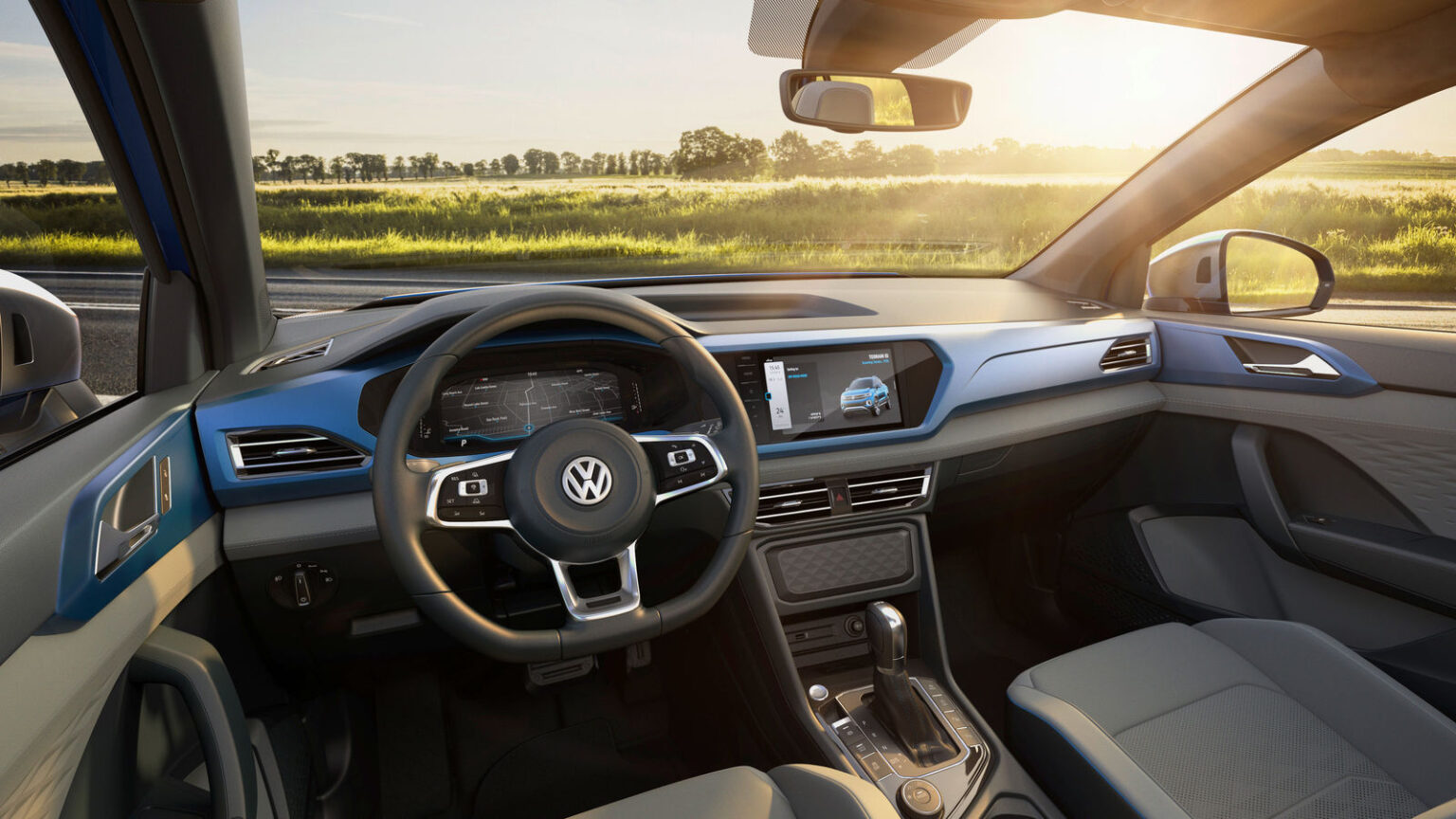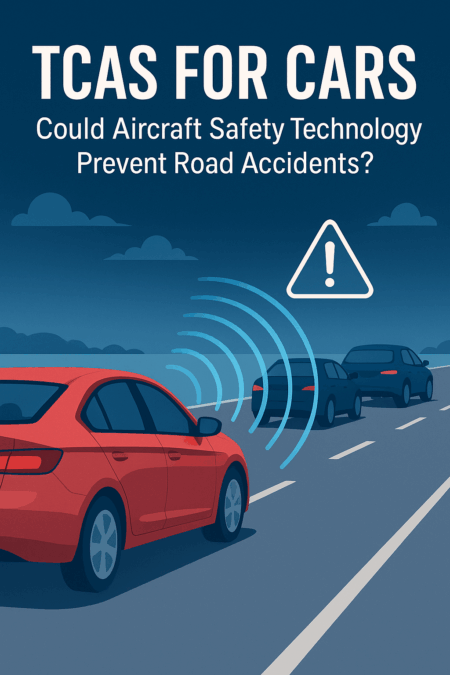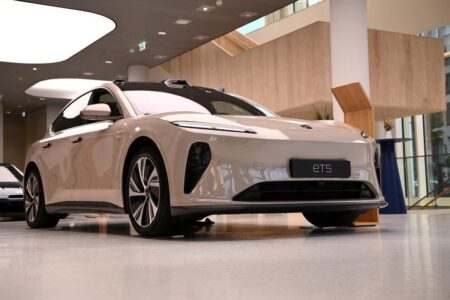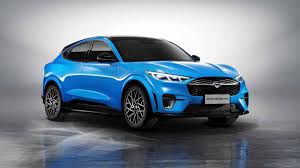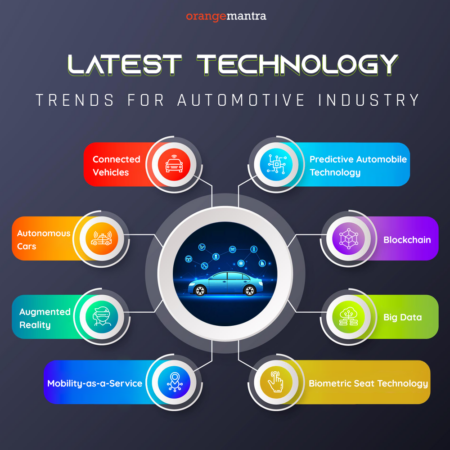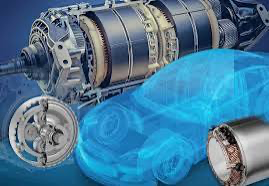In a move that is sure to please traditional car enthusiasts and frustrated drivers alike, Volkswagen is stepping away from touchscreen-heavy interiors and bringing back physical buttons in its future models. The decision comes after growing criticism from customers and industry experts who argue that modern car interiors have become overly reliant on touchscreens, making basic functions more distracting and cumbersome to use while driving.
A Shift Away from Touchscreens
Volkswagen’s CEO, Thomas Schäfer, recently stated, “It should look like a car, not a phone,” emphasizing the company’s commitment to improving driver experience by prioritizing tactile controls over digital interfaces. This statement reflects a broader industry realization that touchscreens, while sleek and modern, can sometimes be impractical—especially for critical functions like climate control, volume adjustment, and hazard lights.
In recent years, VW, like many automakers, integrated large touchscreens with minimal physical controls, aiming for a high-tech, minimalist aesthetic. However, customer feedback has indicated that many drivers find these setups frustrating, as they require more attention to operate compared to traditional buttons and knobs.
Why Physical Buttons Are Making a Comeback
The move back to physical controls is largely driven by safety and usability concerns. Studies have shown that touchscreens demand more visual attention from drivers, increasing the risk of distraction-related accidents. Unlike physical buttons, which can be operated by feel alone, touchscreens require drivers to take their eyes off the road to ensure they are pressing the right area of the screen.
Volkswagen has acknowledged this issue and is responding by reintroducing more traditional controls in its upcoming vehicles. The company has already started implementing these changes in models like the new Volkswagen Tiguan and Passat, both of which feature physical climate control buttons instead of the controversial haptic sliders used in previous models.
Industry Response and Customer Reactions
Volkswagen’s decision aligns with a growing sentiment across the automotive industry. Several manufacturers, including Toyota and BMW, have also been reintroducing more tactile controls after experimenting with touchscreen-dominated designs.
Customers have responded positively to this shift, with many praising Volkswagen for listening to user feedback. Car enthusiasts, in particular, argue that a well-designed dashboard should allow drivers to adjust settings without having to navigate complex touchscreen menus.
The Future of Car Interiors
While digital interfaces and infotainment systems will continue to play a major role in modern vehicles, Volkswagen’s approach suggests that the industry is finding a balance between technology and practicality. The company is expected to maintain large digital displays for navigation and entertainment while ensuring that frequently used functions—such as volume control, defrosting, and hazard lights—remain easily accessible through physical buttons.
This return to physical controls signals a shift in how automakers approach user experience. Instead of designing interiors that mimic smartphones, car manufacturers are now focusing on creating intuitive, driver-friendly interfaces that enhance safety and convenience.
For Volkswagen, this decision marks a return to its roots—prioritizing driver comfort, ease of use, and a driving experience that feels natural rather than overly digital. In an era of rapid technological advancements, it seems that some old-school design principles still have their place in the cars of the future.







